The tale of plastic began with good intentions. No one set out to fill our oceans with trash and turn our landfill into a toxic melting pot.
Who could have known that this useful, yet seemingly irreversible legacy would find its way into our homes, the air, our rivers and even the blood running through our veins?
The word plastic is derived from the Greek word ‘plastikos’ meaning ‘capable of being shaped or moulded’ and is most often used today when referring to the synthetic material used to make lunch boxes, toothbrushes, bags and pretty much every item you could ever imagine.
The process of creating plastic, well natural plastic that is, goes back to ancient times where people worked with various mediums including rock, clay, wood, bone, tortoiseshell and tree rubber.
Some of the very first eye protection worn by Inuit people was fashioned from walrus ivory, bone or wood to prevent snow blindness.
Who could have known that this useful, yet seemingly irreversible legacy would find its way into our homes, the air, our rivers and even the blood running through our veins?
The word plastic is derived from the Greek word ‘plastikos’ meaning ‘capable of being shaped or moulded’ and is most often used today when referring to the synthetic material used to make lunch boxes, toothbrushes, bags and pretty much every item you could ever imagine.
The process of creating plastic, well natural plastic that is, goes back to ancient times where people worked with various mediums including rock, clay, wood, bone, tortoiseshell and tree rubber.
Some of the very first eye protection worn by Inuit people was fashioned from walrus ivory, bone or wood to prevent snow blindness.

When industrialisation hit in the mid 19th century, the demand for such natural resources like elephant tusks to make piano keys and billiard balls pushed many species to the brink of extinction.
Searching for a solution to the horrific slaughter of animals for their prized body parts, inventors and alchemists set to work to create a manmade alternative that would still allow for the economy to flourish and production to boom.
Initially plastic was produced using cotton fibres and vegetable oil, a semi-synthetic plastic that was much cheaper and more sustainable to produce that ivory tusks and tortoiseshell.
But it was in 1907 when Belgian chemist Leo Backeland, known as ‘The Father of the plastics industry’ invented a completely synthetic plastic that the real plastic revolution began.
Combining formaldehyde and phenol under heat and pressure, a strong, affordable and easily mass produced plastic ‘Bakelite’ was born.
It was at this point things really picked up with more flexible, durable and long lasting plastics being produced from various chemicals, predominately utilising fossil fuels.
Plastic was indeed a great invention when we consider how many purposes it has. If you take a look around your home, I bet you can find its infinite presence in almost every room.
Revolution to Evolution
As humans become increasingly more aware of the extent of the damage being done by our obsession with plastic, new solutions arise as we find ways to (excuse the French)… un-fuck the planet.
Bio-degradable plastic alternatives are popping up in all kinds of weird and wonderful ways.
From mushrooms, to seaweed, corn-starch and vegetable oils, fish waste and algae, humans are finding new ways to take abundant and un-wanted resources and turn them into everyday items like plastic bags, food wrap, packaging, car parts, jewellery and sunglasses.
Our favourite pair of Childe shades are made from bio-acetate which is comprised of cotton and wood pulp and an organic plasticiser replacing the need for fossil fuels in the process.

This organic material is more durable that synthetic plastic frames and is 100% bio-degradable under controlled industrial composting conditions. So while you can’t just chuck them in your home compost bin, it’s good to know they won’t end up as a fossilized pair of sunglasses in a few thousands years time.
The revolution of plastic unfolded at lightning fast speed, yet the evolution of creating kinder alternatives and cleaning up the billions of tonnes of plastic waste currently circulating the globe is a slower, more complex undertaking.
The humble little meal worm, most often used as pet food for reptiles, fish and birds may just hold the answer to helping us navigate the clean-up.
Researchers at Stanford University in California have found that these small larvae can safely consume toxic plastic such as polystyrene without turning into mutant zombie worms.
Microorganisms in the worms’ guts biodegrade the plastic allowing them to safely consume the material without the toxic chemicals building up in their body.
The worms can also then be used as a source of protein for animals.
Step by step we might just be on our way to digging ourselves out of this vortex made of plastic.
Don’t underestimate the little things you can do to contribute:-
1. Ditch single use plastics
2. Support brands that focus on sustainable products and a circular economy.
3. Invest your money in institutions that don’t support the fossil fuel industry.
4. Share the love!
When you find kinder alternatives that work, spread the word amongst friends and family to get more people on board!
The revolution of plastic unfolded at lightning fast speed, yet the evolution of creating kinder alternatives and cleaning up the billions of tonnes of plastic waste currently circulating the globe is a slower, more complex undertaking.
The humble little meal worm, most often used as pet food for reptiles, fish and birds may just hold the answer to helping us navigate the clean-up.
Researchers at Stanford University in California have found that these small larvae can safely consume toxic plastic such as polystyrene without turning into mutant zombie worms.
Microorganisms in the worms’ guts biodegrade the plastic allowing them to safely consume the material without the toxic chemicals building up in their body.
The worms can also then be used as a source of protein for animals.
Step by step we might just be on our way to digging ourselves out of this vortex made of plastic.
Don’t underestimate the little things you can do to contribute:-
1. Ditch single use plastics
2. Support brands that focus on sustainable products and a circular economy.
3. Invest your money in institutions that don’t support the fossil fuel industry.
4. Share the love!
When you find kinder alternatives that work, spread the word amongst friends and family to get more people on board!
_ _
Thankyou for the article written by Jane Deane of the Slow Journal magazine - an independent magazine about slow living and sustainability.
@slow_journal
Thankyou for the article written by Jane Deane of the Slow Journal magazine - an independent magazine about slow living and sustainability.
@slow_journal


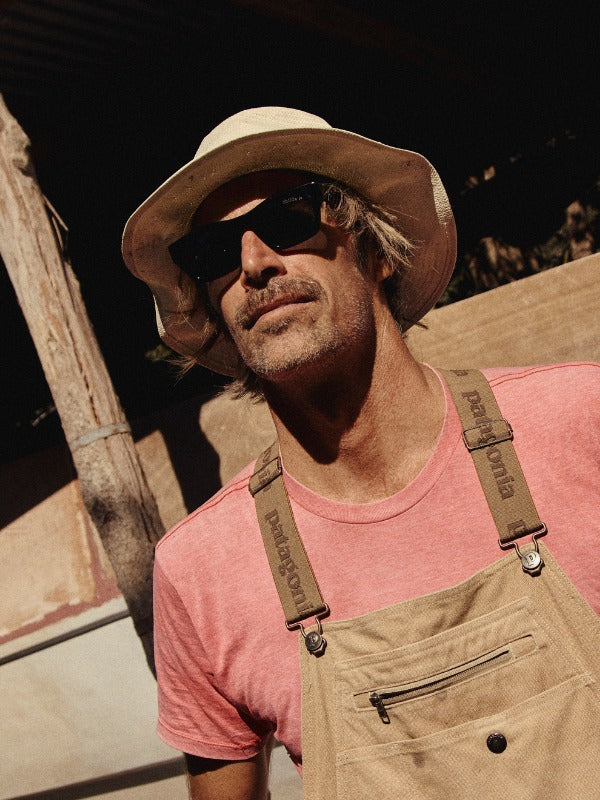

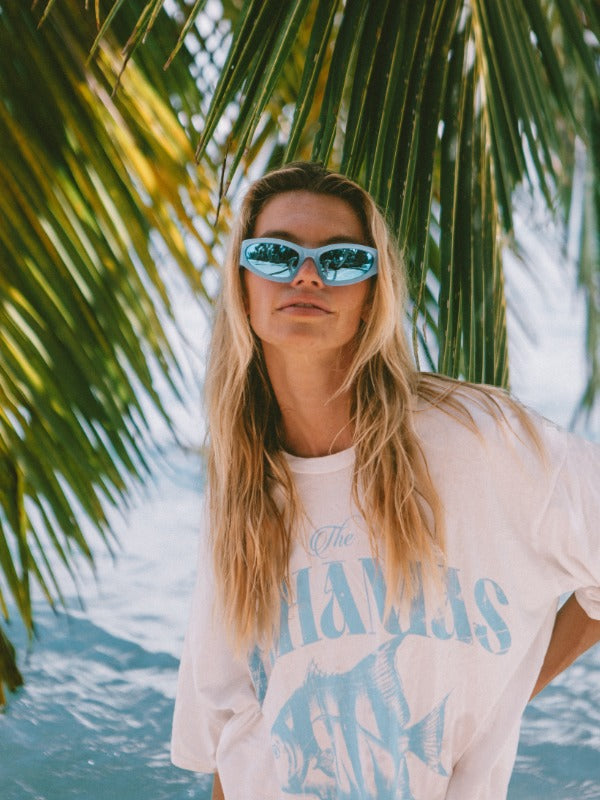
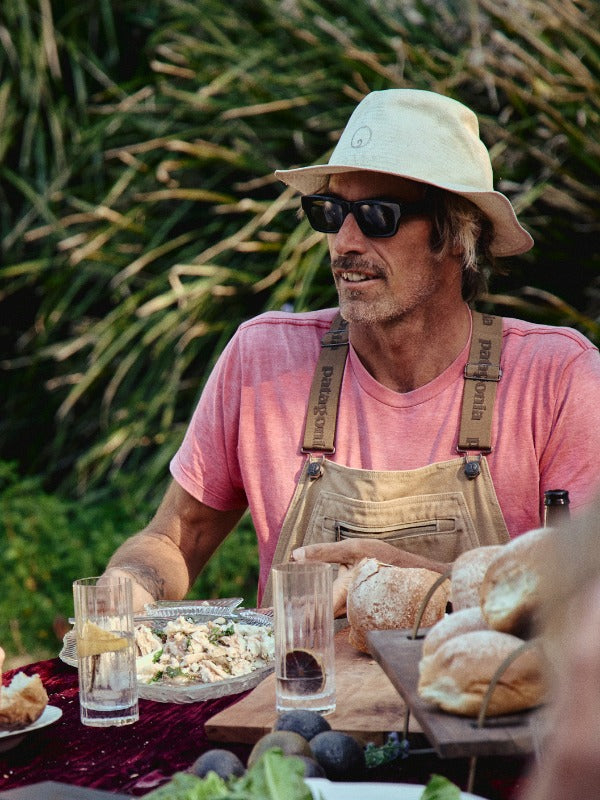

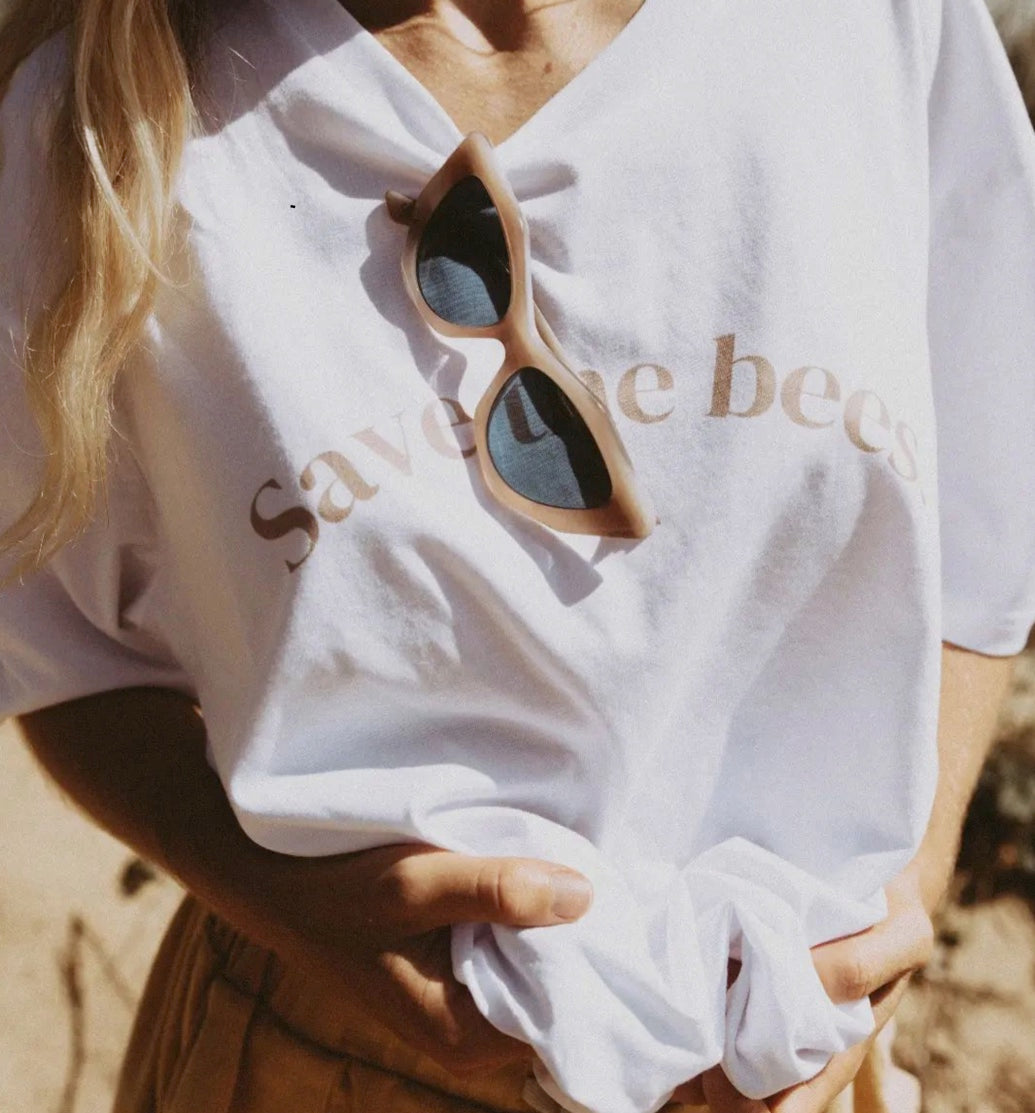

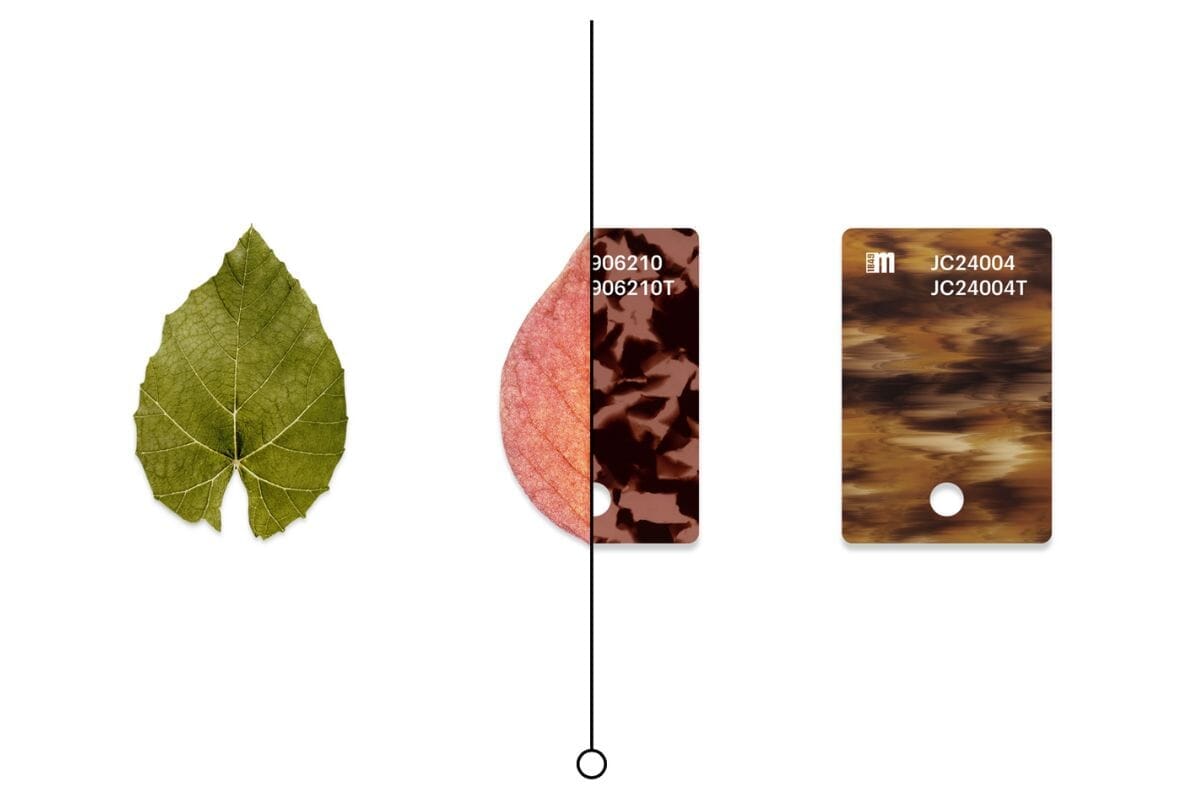

Leave a comment (all fields required)